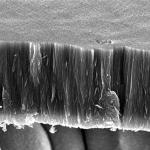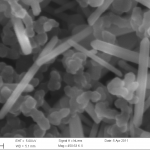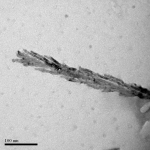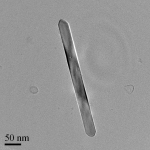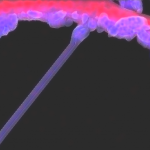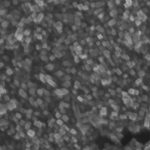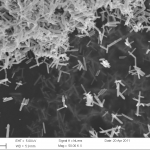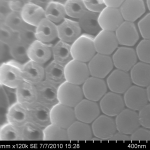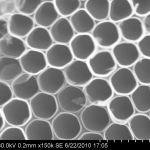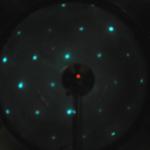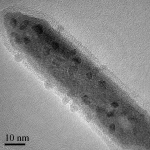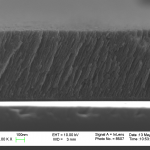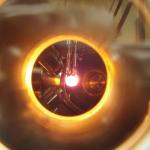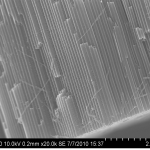
David Chris Seets / Surface Chemistry and Catalysis
Chris completed all the research and writing for his Ph.D. in August 1997 and his dissertation is entitled "Mechanisms of the Dissociative Chemisorption of Methane on the (110) and (111) Surfaces of Iridium." He then joined Seagate Technology where he is currently Senior Director of Engineering and leading their wafer process development effort on what they hope will be the next generation of disc drives. They are using a technology called HAMR (Heat Assisted Magnetic Recording). They are adding a laser to the recording head to help write the media and use semiconductor techniques (e.g., lithography, depositions, etches, etc.) to construct the reader and writer in addition to the laser light path (one wafer produces about 100,000 recording heads and takes several months to make with over 1300 different processing steps). The heat from the laser defines the track width and lowers the coercivity of the magnetic media and which can then be swept with a magnetic field over the heated spot to orient the direction (up or down which corresponds to a 1 or 0). This process is extremely challenging to implement, but hopefully we will all pick up a disk drive in about the 2018 to 2020 time frame that uses this technology. Chris has been working on HAMR for about 3 years (as of 2014) and has had the opportunity to work in many parts of the development organization with Seagate prior to his current assignment. Chris and his wife Michelle have two children.


